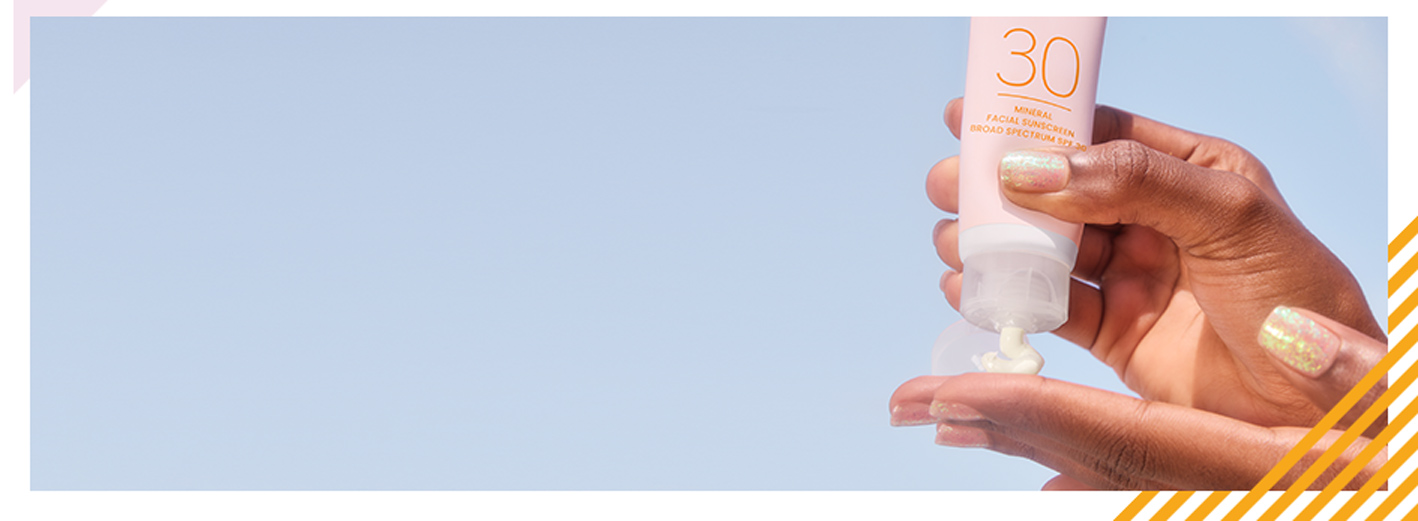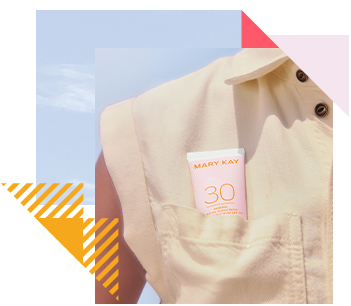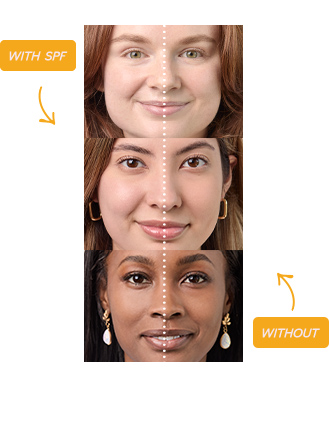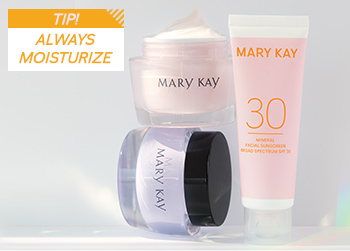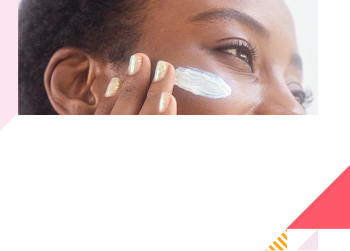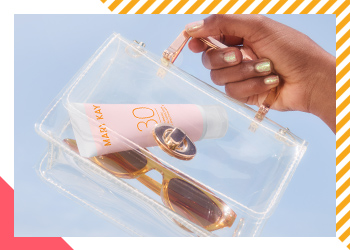What is zinc oxide?
Zinc oxide is a mineral that is a white powder in its natural state. It’s commonly used in mineral sunscreens as the active ingredient protecting against both UVA and UVB rays. Its ability to block out both types of sun rays make it a highly effective broad spectrum SPF option. As a bonus, zinc oxide is known to offer protection from blue light – another source of premature aging.
SPF 30 or SPF 50? What’s the difference?
The difference between SPF 30 and SPF 50 is the level of sun protection. We recommend
SPF 30 for daily use to protect your skin from incidental sun exposure such as walking your dog or blue-light exposure from digital devices. The Skin Cancer Foundation recommends a broad spectrum sunscreen with an SPF of 30 or higher for any extended outdoor activity. Broad spectrum sunscreens provide protection against both UVA and UVB.
To better understand levels of protection:
• SPF 15 screens about 93% of UVB rays
• SPF 30 screens about 97% of UVB rays
• SPF 50 screens about 98% of UVB rays
But remember, no sunscreen product protects against 100% of UV rays.





